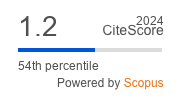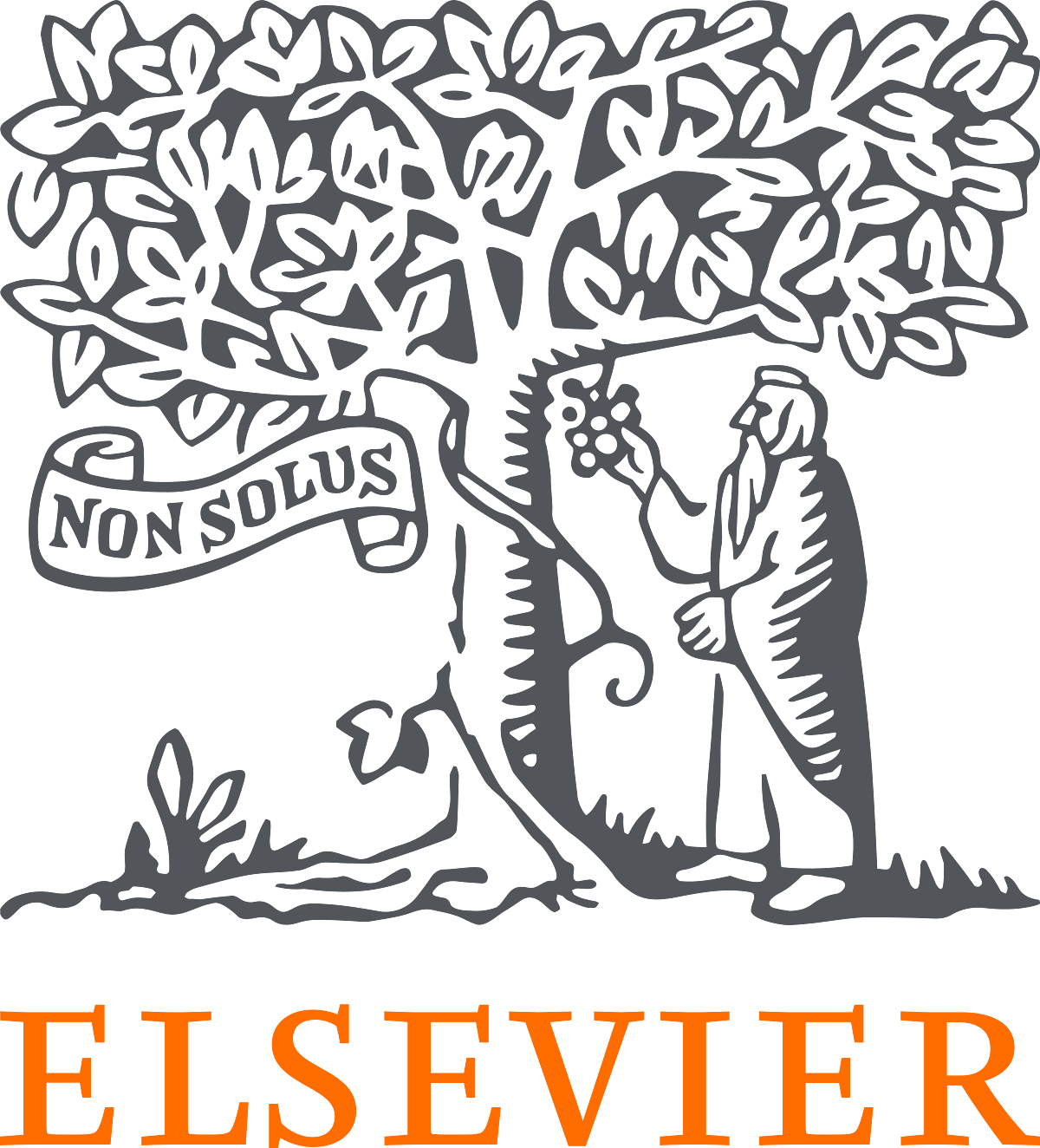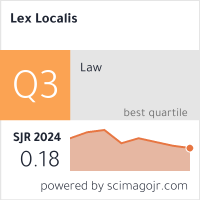UNLOCKING FINTECH POTENTIAL: THE ROLE OF DIGITAL FINANCIAL LITERACY IN ADOPTION OF UPI, MOBILE WALLETS, AND DIGITAL BANKING AMONG WOMEN
DOI:
https://doi.org/10.52152/q9tptk17Keywords:
FinTech Tools, (DFL) Digital Financial Literacy, Women LiteracyAbstract
This paper titled “Unlocking FinTech Potential: The Role of Digital Financial Literacy in Adoption of UPI, Mobile Wallets, and Digital Banking among Women” inquire into how digital financial literacy persuade the use of modern FinTech platforms. Nowadays financial technology transforming quickly, the way individuals manage and access financial services has gone through a major transformation. Platforms such as mobile wallets, digital banking, and the Unified Payments Interface (UPI) have played important role in driving the transition toward a cashless economy. This study focuses on women living in Daman, aiming to understand their level of digital financial awareness and its impact on the adoption of these digital financial tools. Data will be gathered from 280 working and non-working women using structured questionnaires. The analysis will be done by using descriptive summary statistics such as frequency distribution, mean and percentage. It was revealed that digital financial literacy plays a crucial role in encouraging women to adopt FinTech tools. It also found that working women use more FinTech tools than non-working women. These study offers meaningful insights into how financial socialization can be strengthened. The results are expected to guide policymakers in formulating effective FinTech strategies and designing targeted digital literacy programs that promote greater financial inclusion for women.
Downloads
Published
Issue
Section
License
Copyright (c) 2025 Lex localis - Journal of Local Self-Government

This work is licensed under a Creative Commons Attribution-NonCommercial-NoDerivatives 4.0 International License.








